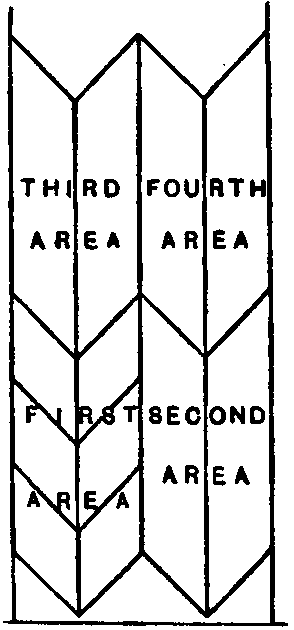Chapter IV. The Physiology Of Latex (Continued). Tapping Experiments
Description
This section is from the book "Rubber And Rubber Planting", by R. H. Lock. Also available from Amazon: Rubber And Rubber Planting.
Chapter IV. The Physiology Of Latex (Continued). Tapping Experiments
Introductory
THE examination of the living latex vessels in situ is a matter of extreme difficulty. On the other hand, the removal of the bark from the tree is followed by-immediate collapse of the vessels, by the loss of a large part of their contents and by marked changes in form. Our knowledge of the physiology of the laticiferous system is therefore almost entirely derived from a study of the behaviour of the trees during the process of tapping. Experiments in tapping Hevea brasiliensis were carried out by the author at Henaratgoda, Ceylon, during the years 1908—1912. These experiments were begun in consultation with Dr J. C. Willis and Mr M. Kelway Bamber, of whom the latter also collaborated in the earlier experiments.
Throughout these experiments a particular system of tapping was adopted. This was done, not because the system itself was regarded as an ideal one, but for the sake of uniformity, in order that there should be a reasonable basis for comparison between different experiments. For ordinary use on estates a somewhat different system is to be recommended. Such a system will be described in a later chapter.
The system employed in the experiments was as follows. The tree was first marked with three vertical lines. Two of these lines were placed exactly on opposite sides of the tree, and the third divided the bark on one side between the two first lines into equal areas. From a point on the middle line rather more than a foot above the level of the ground, two lines were ruled slanting upwards at an angle of 45° to meet the lateral lines, thus marking out a large V on the surface of the tree Above the first V other V's were traced at intervals of a foot. The number of V's tapped simultaneously was three in the majority of the experiments. In other experiments, designed for the study of special points, six Vs were tapped at once on the same side of the tree; but where no statement is made to the contrary, it is to be understood that the number of V's under operation at any one time was confined to three.
In the positions indicated by the V's thus traced, grooves were cut in the bark to a suitable depth for tapping the laticiferous tissue without damage to the cambium. The points of the V's were joined by a shallower vertical groove serving to conduct the latex to a cup placed at the foot of the tree to receive it. The above processes constitute the first day's tapping. Subsequent tappings consist in removing a thin shaving of bark from the lower side of each V, in order to reopen the latex vessels which become plugged with coagulated rubber during the intervals between successive tappings. By this process the whole of the outer bark between the Vs is gradually removed in the form of thin shavings. When this has been done the tapping of the first area of bark is said to be completed. In the majority of experiments tapping was then continued by the similar treatment of the corresponding area of bark on the opposite side of the tree, and when this in turn was finished a similar area was tapped immediately above the first area. Similar tapping of a fourth area immediately above the second area completed the treatment of as much bark as could conveniently be reached from the level of the ground. In the more prolonged experiments tapping was then continued on the renewed bark of the first area1.

Fig. 19. Shows the tapped areas as they would appear on the bark if removed from the tree and spread out flat.
1 During the first three years tapping in the main experiment with 70 trees, the spur pricker was used in combination with paring. This
Further details with regard to tapping will be found in Chapter VI; but it may be pointed out here that the method described is known as an excision method, as opposed to methods of incision in which the bark is merely pricked with a pointed instrument or gashed with a hatchet or chisel. The latter is the method generally employed in collecting wild rubber, whereas on plantations excision is the rule
Continue to:
- prev: Coagulation
- Table of Contents
- next: Wound Response
